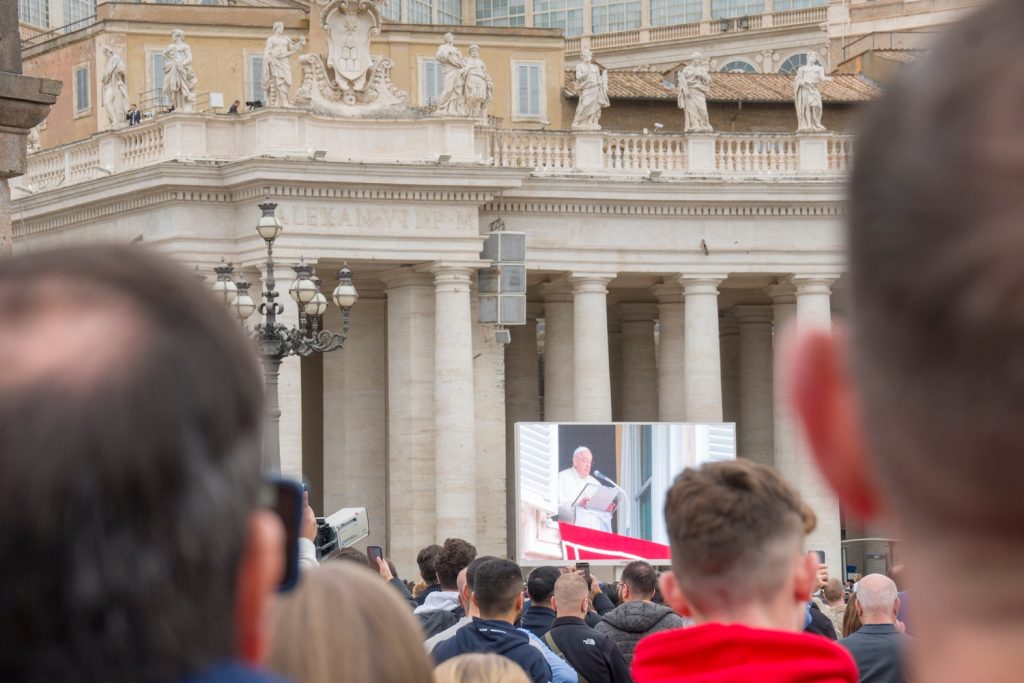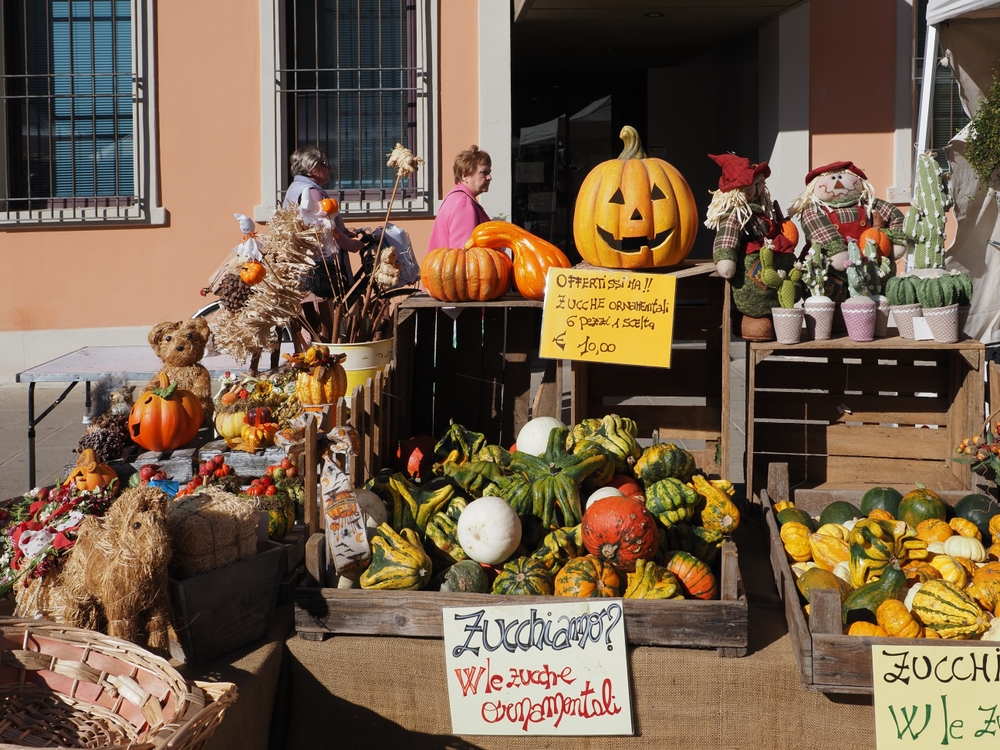While Halloween is a globally recognized holiday, its Italian counterpart offers a captivating blend of ancient traditions and modern celebrations. In a country where Catholicism has deeply influenced the culture for centuries, the approach to Halloween feels both familiar and unique. Rather than adopting all the commercial aspects associated with Halloween, Italy maintains its focus on the religious observances of All Saints’ Day (Ognissanti) and All Souls’ Day (Commemorazione dei Defunti), while also gradually embracing the playful side of Halloween.
All Saints’ Day and All Souls’ Day: A Deep-Rooted Tradition

Italy, with its rich Catholic heritage, traditionally observes All Saints’ Day on November 1st and All Souls’ Day on November 2nd. These days are dedicated to honoring the saints and remembering the dead. On these important feast days, Italians visit cemeteries to pay respects to their deceased loved ones. The act of cleaning and adorning graves with flowers, especially chrysanthemums, is a time-honored tradition that continues across generations. In many regions, this is a quiet, reflective time when families come together to honor those who have passed.
While Halloween’s modern commercial elements have made their way into Italy, it’s important to note that Ognissanti remains a day of reverence and spiritual significance. Schools and businesses often close, allowing families to participate in religious ceremonies, Mass, and cemetery visits. On All Souls’ Day, the focus shifts to prayers for the deceased, continuing Italy’s spiritual connection with its heritage.
Halloween’s Emergence: A Playful Twist on Tradition
Though Italy’s primary focus is on All Saints’ and All Souls’ Days, Halloween has become increasingly popular, particularly in urban areas and among younger generations. In recent years, children have adopted the American custom of “Dolcetto o Scherzetto” (trick or treat), wearing costumes and going door-to-door in search of sweets. This lighthearted tradition, while still new to Italy, has gained traction, especially in cities like Rome and Milan.
However, Italian Halloween has its own creative twists. Italians often opt for costumes that reflect their deep historical and cultural roots. Instead of just witches and vampires, you might see people dressed as historical figures like Julius Caesar or even Italian culinary icons such as a giant slice of pizza!
The Influence of Catholicism on Halloween in Italy
Italy remains predominantly Catholic, and the religious overtones of All Saints’ and All Souls’ Days are impossible to overlook. Many Italians remain ambivalent about Halloween’s association with the occult or its commercialization. Some still view Halloween as an American import, at odds with the solemn nature of Ognissanti. However, for others, the holiday provides an opportunity to enjoy a bit of fun and dress up while still respecting their religious customs.
Even so, certain regions of Italy intertwine Halloween with their own rich history of superstition and folklore. Italy has long been home to tales of witches, spirits, and the supernatural. In places like Tuscany, Halloween celebrations can include storytelling about ancient legends or local superstitions, allowing Italians to connect their cultural heritage with the spooky side of the holiday.
All Saints’ and All Souls’ Day Foods: Honoring the Dead through Italian Cuisine
In true Italian fashion, food plays a central role in these celebrations. During All Saints’ and All Souls’ Days, many regions of Italy prepare special dishes to honor the dead. In Sicily, families bake “Frutta Martorana”, colorful marzipan sweets shaped like fruits, to represent the food offerings once given to the souls of the departed. In Umbria and Tuscany, “Fave dei Morti” (beans of the dead) are small almond cookies that are traditionally prepared and shared among family members.
Italians take this time to not only reflect on the lives of their ancestors but also to keep their memories alive through food. The recipes passed down from generation to generation serve as a comforting connection between the past and the present.
The Italian Take on Halloween Decorations and Festivities

In Italy, Halloween isn’t just about dressing up. Although Italy is starting to embrace the American tradition of haunted houses, Halloween-themed parties, and pumpkin carving, there is a unique twist to these activities. Italian markets offer not only pumpkins but also a variety of local squashes and gourds, which are used both for decoration and in festive dishes.
Moreover, Italian towns, particularly in the northern regions, have started organizing haunted tours and spooky events, with some ancient castles and medieval villages providing the perfect eerie backdrop. For example, Borgo a Mozzano in Tuscany is famous for its elaborate Halloween festival, drawing visitors for its theatrical performances and ghostly processions through the medieval streets.
Balancing Fun and Faith: Halloween in Modern Italy
While Halloween has made its mark in Italy, it’s important to recognize the careful balance between modern festivities and deep-rooted religious traditions. The playful elements of Halloween — trick-or-treating, costumes, and parties — exist in harmony with the more solemn practices surrounding Ognissanti and Commemorazione dei Defunti.
In conclusion, Halloween in Italy is a unique fusion of ancient religious customs and modern entertainment. As Italians carve out their own version of the holiday, they maintain their connection to the spiritual and cultural significance of All Saints’ Day and All Souls’ Day. Whether you’re lighting a candle in a cemetery or attending a lively Halloween party, this time of year in Italy offers a fascinating glimpse into how the old and new coexist in one of the world’s most traditionally Catholic countries.
Halloween Vocabulary: Practice Italian!
Halloween | Halloween
Pumpkin | Zucca
Ghost | Fantasma
Witch | Strega
Skeleton | Scheletro
Graveyard | Cimitero
All Saints’ Day | Ognissanti
Trick or Treat | Dolcetto o Scherzetto
Mask | Maschera

